1. Goldfish
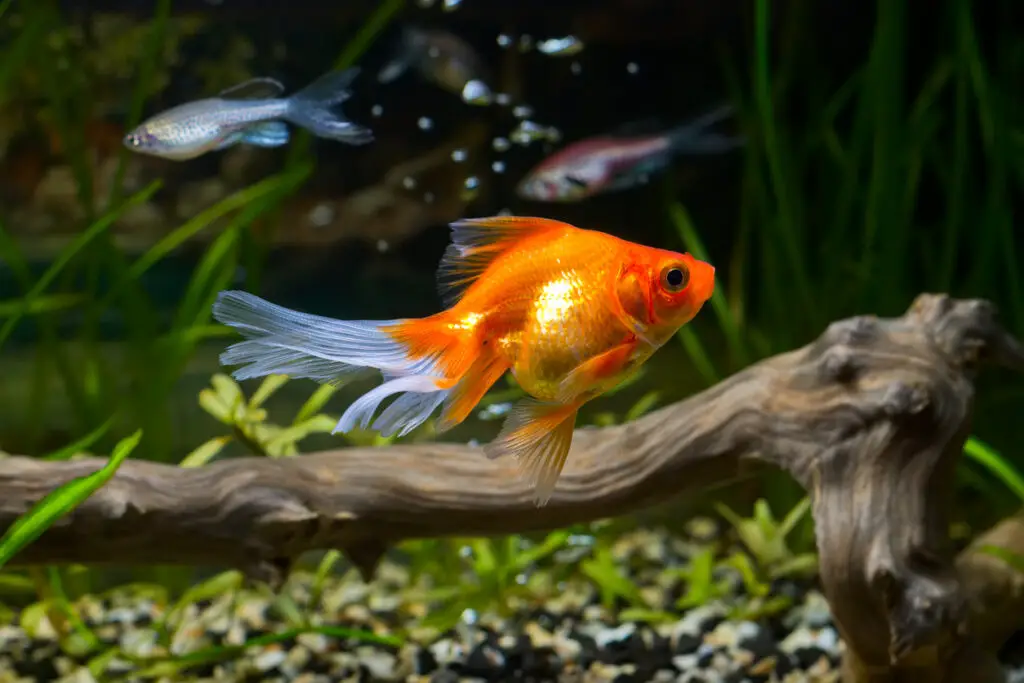
Releasing your goldfish into a pond or lake might feel like a kind gesture, but it’s actually a disaster waiting to happen. According to Save the Water, goldfish can grow significantly larger in the wild, sometimes reaching up to a foot long. This allows them to quickly adapt and outcompete native fish species for food and territory, which puts local ecosystems at risk. Their feeding habits disturb sediment at the bottom of bodies of water and uproot aquatic plants, contributing to erosion and water quality degradation. Furthermore, goldfish can introduce diseases to native fish populations, escalating the problem.
Instead of releasing your goldfish into the wild, there are much better options available. Look for a new home for your pet, or reach out to a local aquarium or pet rescue organization that may be able to take it in. Many rescue groups and aquariums have resources for rehoming fish, ensuring they’re placed in environments where they can thrive safely. Releasing them into the wild may seem like an easy solution, but it causes irreversible damage to natural habitats. Remember, your local lake or pond doesn’t need a goldfish invasion, no matter how harmless it may seem. It’s always better to be responsible and find a proper solution that benefits both your pet and the local ecosystem.
2. Snapping Turtles

Snapping turtles may look prehistoric and fascinating, but they’re not ideal candidates for a wild release. If raised in captivity, they lose the skills needed to survive in their natural environment. According to Ontario Nature Magazine, releasing these turtles into unfamiliar environments can also introduce diseases they’ve acquired in captivity, posing significant risks to native wild turtle populations. This not only threatens the health of other turtles but can also destabilize the ecosystem as a whole.
If you find yourself unable to care for a snapping turtle, the best course of action is to contact a reptile rescue or wildlife rehabilitation center. These organizations are equipped to either provide long-term care or release the turtle into a suitable, monitored environment where it can thrive without causing harm. Letting a snapping turtle go in an inappropriate habitat is not only potentially dangerous to the animal but can also result in serious ecological consequences. With their long lifespans—often reaching several decades—snapping turtles require a significant commitment from their caretakers. Seeking professional help ensures that the turtle gets the care and environment it needs to live a healthy life.
3. Parrots

Parrots might thrive in captivity, but the wild is a different story entirely. Domesticated parrots are often ill-equipped to fend for themselves. According to the World Parrot Trust, captive parrots often lack the instincts needed to find food, identify predators, or navigate complex natural environments. Their dulled survival instincts can leave them vulnerable to starvation, predation, or exposure to harsh weather conditions shortly after being released.
Even if a released parrot manages to survive, it can have unintended consequences on local ecosystems. They may compete with native bird species for limited resources such as food and nesting spaces, causing ecological imbalances. For those unable to continue caring for their parrot, rehoming it responsibly through a bird rescue organization or finding an experienced new owner is the kindest option. While setting a parrot free might feel like a compassionate act, it often leads to suffering and death. Thoughtful and responsible choices ensure your feathered friend continues to live a safe and healthy life.
4. Koi Fish
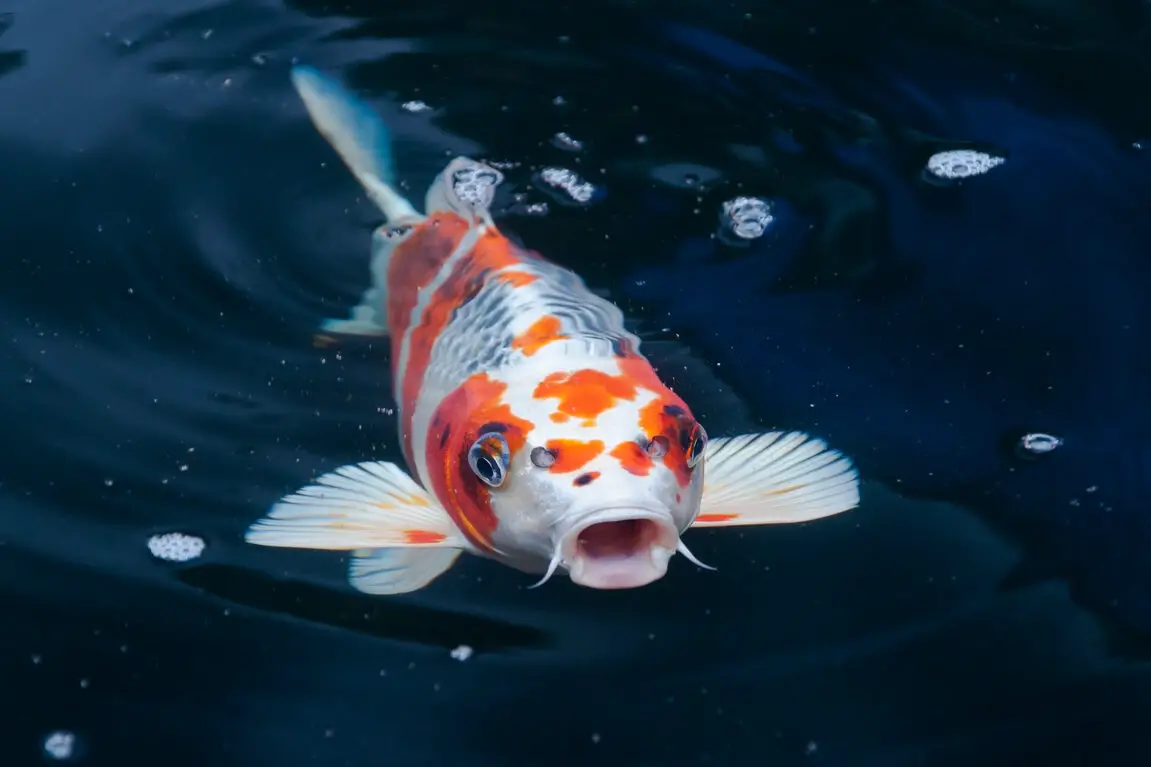
Koi fish are undeniably beautiful and often cherished for their vibrant colors, but releasing them into lakes or rivers can cause significant ecological problems. According to the Science Learning Hub, Science Learning Hub, koi carp have a tendency to feed on various benthic organisms—those living at the bottom of water bodies—while stirring up sediment as they search for food. This disrupts the water’s clarity, leading to increased turbidity and lower oxygen levels, which can be harmful to other aquatic species. Additionally, their behavior destroys the habitats of native plants and animals, further destabilizing the ecosystem.
Koi are also considered an invasive species by the Minnesota Department of Natural Resources. Once introduced into new environments, they can reproduce rapidly and outcompete native fish for food and other resources. This aggressive spread can result in a reduction of biodiversity and harm local ecosystems. If you’re no longer able to care for your koi, it’s much more responsible to donate them to a pond owner or garden center rather than releasing them into the wild. By doing so, you ensure that they stay safe in a controlled environment without causing harm to natural habitats.
5. Ferrets

Ferrets are domesticated animals that lack the skills necessary for survival in the wild. According to the Humane Society, ferrets depend on humans for food, shelter, and general care, leaving them extremely vulnerable if released. Without proper resources, they are unlikely to find adequate food or protection from predators. Additionally, ferrets can pose a threat to local ecosystems by preying on native species or competing with wildlife, potentially causing ecological imbalances. Their inability to thrive and the risks they pose to the environment make releasing them into the wild an irresponsible choice.
If you can no longer care for a ferret, reaching out to a rescue organization or a shelter specializing in small mammals is the best course of action. These organizations can help find a loving, experienced home where your pet can thrive. Releasing a ferret might seem like an act of kindness, but it often results in suffering or harm to the animal and the ecosystem. By taking the time to explore responsible rehoming options, you ensure that your ferret’s needs are met while also protecting the environment. Pets rely on us for their well-being, and making thoughtful decisions reflects our commitment to their care.
6. Red-Eared Sliders
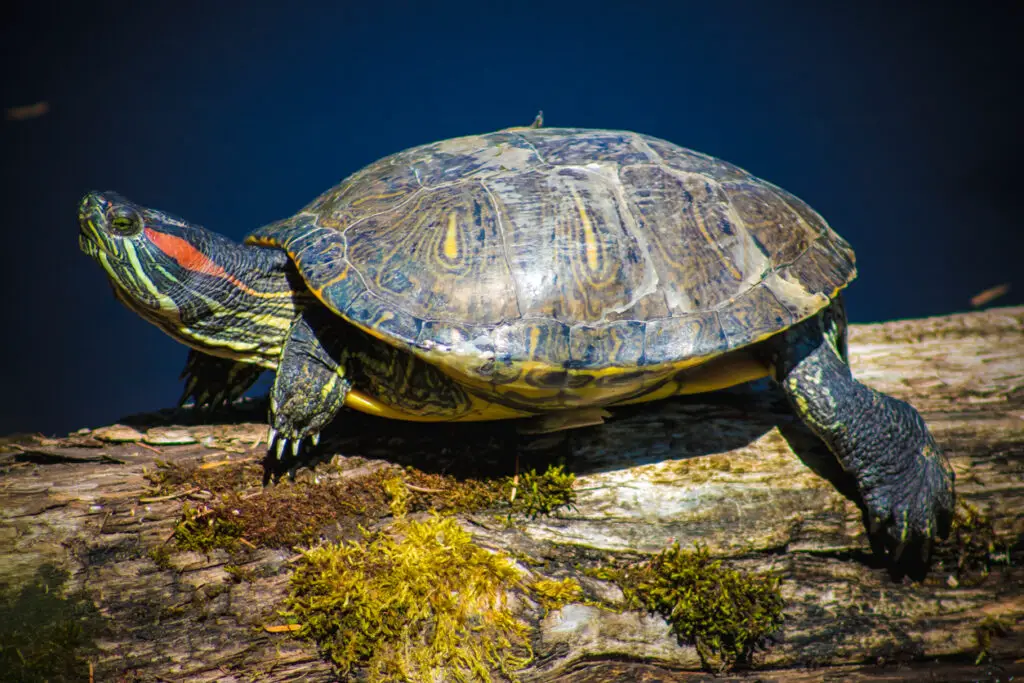
Red-eared sliders are popular pet turtles that can become problematic when released into the wild. They often outcompete native turtle species for food and basking spots, as stated by the New Zealand Department of Conservation. Their adaptability and prolific breeding can quickly lead to overcrowding, disrupting local ecosystems and threatening native turtle populations.
Releasing red-eared sliders into the wild might seem harmless, but it can have lasting environmental consequences. These turtles are considered invasive in many regions and can spread diseases to native species. If you can no longer care for your red-eared slider, consider contacting reptile rescues, adoption programs, or local wildlife organizations for help. Many shelters and sanctuaries specialize in rehoming exotic pets. Taking responsible action ensures that both your pet and local ecosystems are protected. By avoiding release into the wild, you help preserve the balance of native habitats and support conservation efforts.
7. Domestic Cats
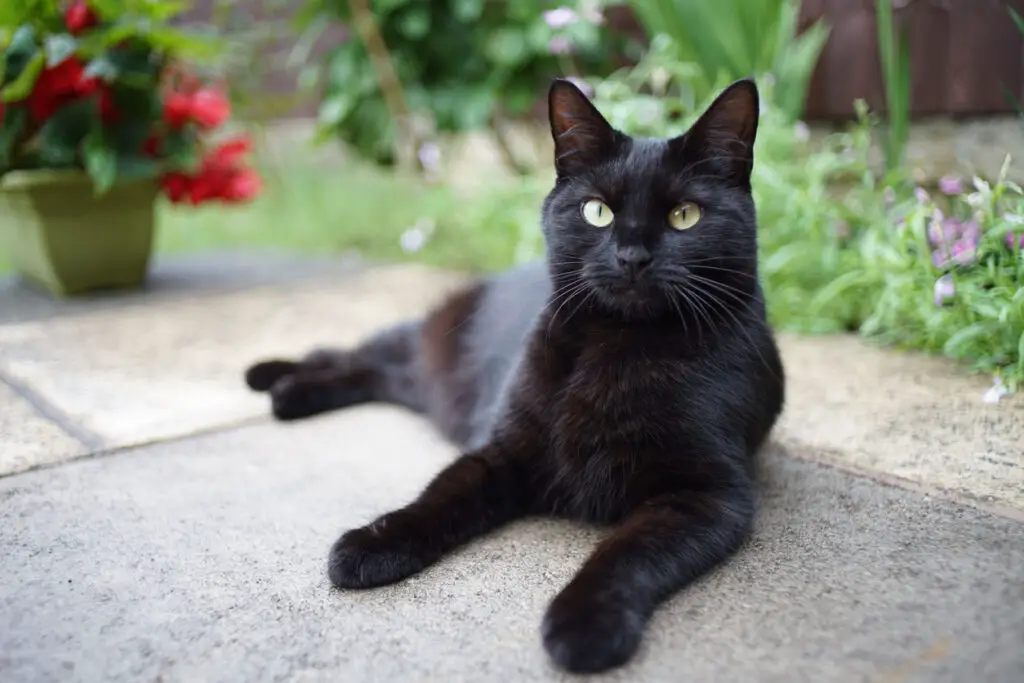
Domestic cats are often thought to be able to fend for themselves outdoors, but this is misleading. The Wildlife Society says outdoor cats pose a severe threat to local wildlife, especially birds and small mammals. Their exceptional hunting skills can decimate populations of these animals, disrupting ecosystems in both urban and rural areas. Studies show that cats are responsible for billions of bird and small animal deaths each year, making them one of the leading human-influenced causes of wildlife decline.
Outdoor cats also face significant dangers themselves, including traffic, predators, disease, and harsh weather conditions. Life outdoors can drastically shorten a cat’s lifespan compared to indoor cats. If you’re unable to continue caring for a cat, the responsible option is to find a new home or surrender it to a shelter. Rehoming ensures the cat’s safety while preventing harm to local wildlife. Letting cats roam free might seem kind, but it often results in a lose-lose situation for both the animal and the environment. By choosing humane alternatives, you contribute to the well-being of both your pet and the ecosystem.
8. Guinea Pigs
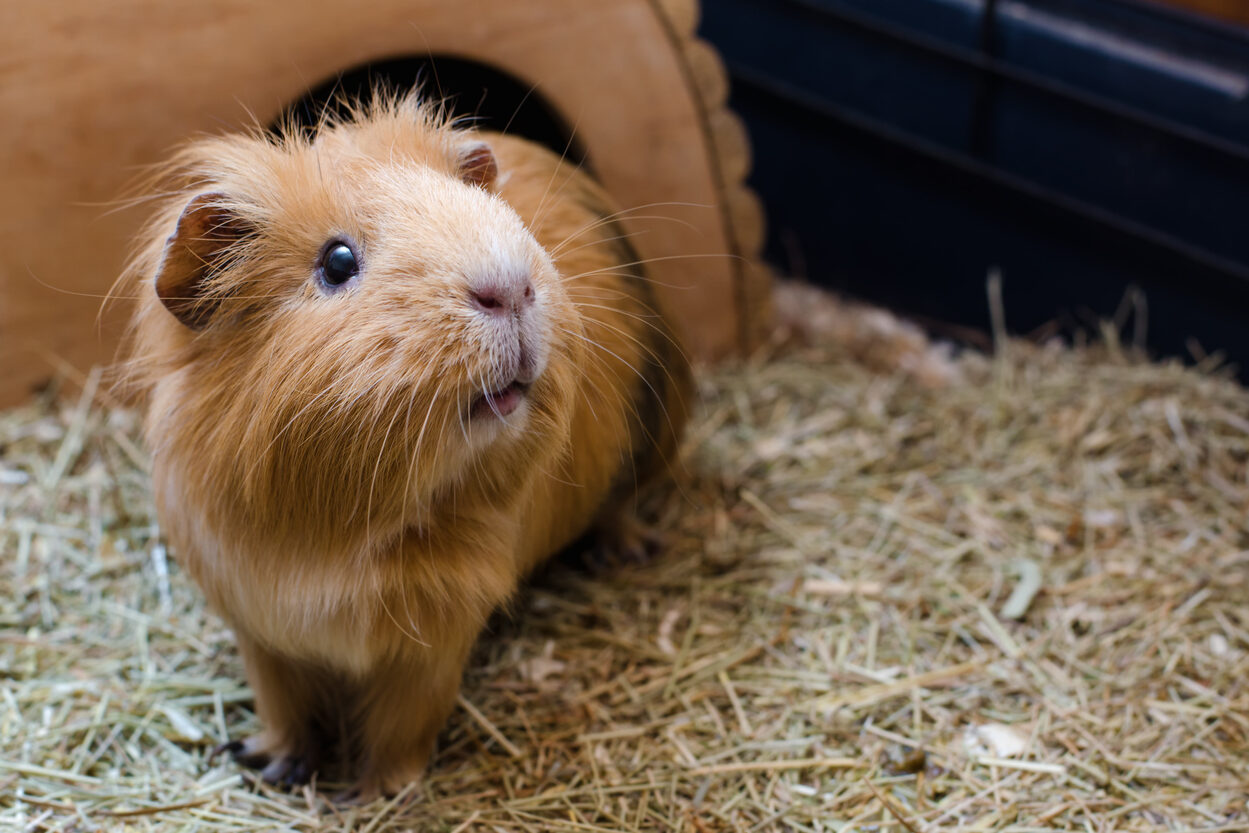
Guinea pigs are undeniably adorable and fluffy, but they’re also entirely reliant on human care for survival. Unlike their wild relatives, domesticated guinea pigs lack the instincts needed to forage for food, evade predators, or create suitable shelters. According to Pango Vet, these little creatures are incredibly vulnerable to harsh weather conditions and natural threats. Released into the wild, a guinea pig is almost certain to face starvation, predation, or exposure, as they simply aren’t equipped to fend for themselves.
If you find yourself unable to care for your guinea pig, there are far more compassionate alternatives than releasing them outdoors. Reaching out to a small animal rescue organization or a local shelter ensures they’ll receive the care and protection they need. Many communities also have networks of small animal enthusiasts who are eager to adopt or foster guinea pigs. Taking this route not only spares the animal from suffering but also gives them a chance to thrive in a safe, loving environment. A domesticated guinea pig’s life depends on human kindness, and it’s up to us to ensure their well-being.
9. Hedgehogs
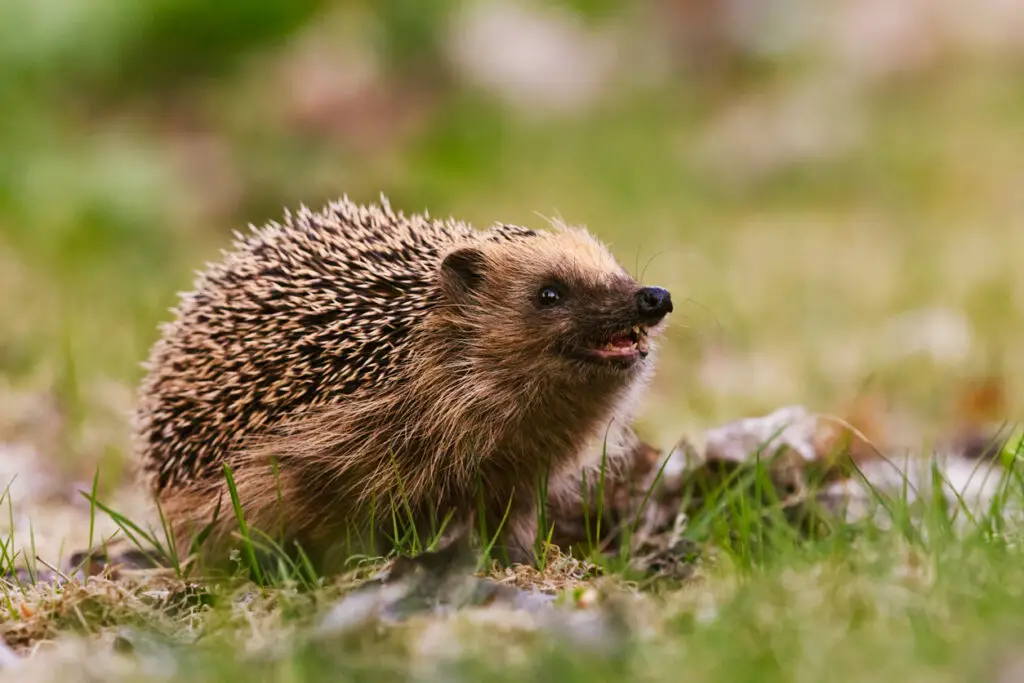
Hedgehogs are becoming increasingly popular as pets, but they aren’t suited to live in the wild, especially outside their native habitats. Releasing a pet hedgehog into an unfamiliar ecosystem can create significant ecological issues. According to PetMD, these animals might struggle to find the specific insects they naturally eat, leaving them hungry or malnourished. Furthermore, pet hedgehogs can unintentionally introduce diseases or parasites that could harm local wildlife populations, disrupting the balance of the ecosystem. Despite their hardy appearance, pet hedgehogs are surprisingly delicate when faced with the challenges of outdoor survival.
If you can no longer care for your hedgehog, the responsible choice is to find an appropriate rehoming option. Contact an exotic pet rescue or a community of experienced hedgehog caretakers who understand their unique needs. These organizations and individuals can provide the specialized care and environment your pet requires. Letting them loose might seem like a kind gesture, but it’s a decision that puts both the hedgehog and the surrounding wildlife at risk. By ensuring they’re rehomed responsibly, you’re giving them the best chance to live a safe and healthy life.
10. Gerbils
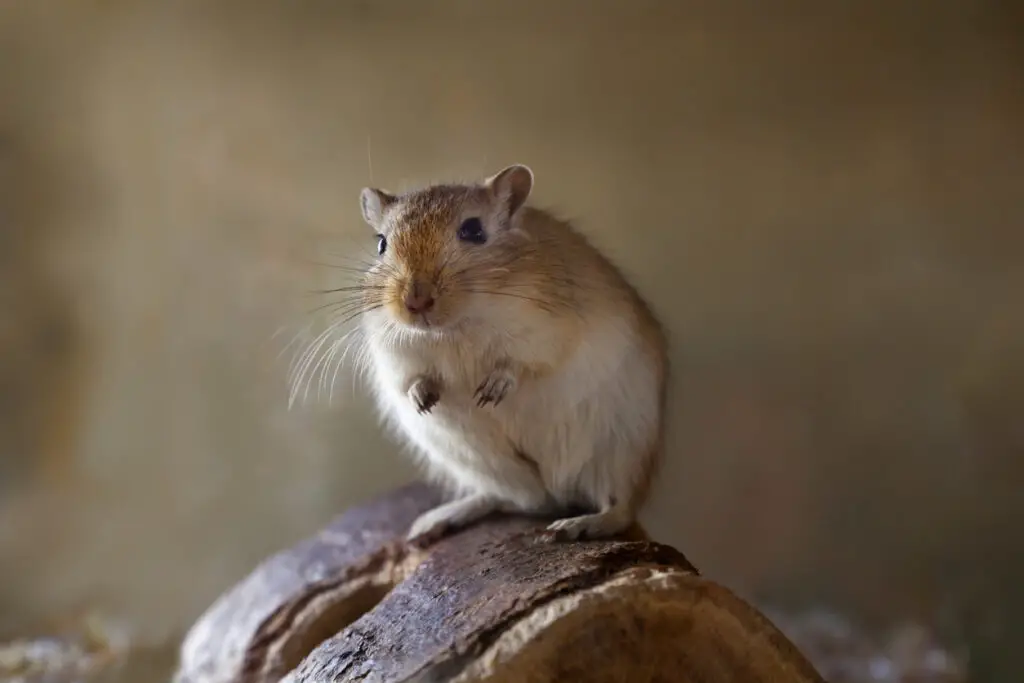
Gerbils may seem like they’d do fine in the wild since they’re rodents, but domesticated gerbils are far removed from their desert-dwelling ancestors. According to Omlet, pet gerbils lack the instincts necessary to evade predators, locate safe shelter, or scavenge for adequate food sources. If released in non-native environments, they might not survive long due to their vulnerabilities. However, on the rare chance they do, their breeding potential could disturb local ecosystems, creating an ecological imbalance. These small creatures, despite their resilience in controlled environments, are ill-equipped for the unpredictability of the wild.
If you find yourself unable to care for a gerbil, the most humane course of action is to contact an animal rescue or find someone experienced in small animal care. Rehoming them responsibly ensures they have a chance at a safe, healthy life. Releasing them outdoors, on the other hand, often results in a tragic end due to starvation, predation, or exposure. Additionally, their introduction into unfamiliar environments could harm native wildlife populations. Ensuring your pet finds a proper home is not just an act of kindness to the gerbil but also a step toward preserving local ecosystems.
11. Hamsters

Hamsters may be tiny and adorable, but their cuteness belies their inability to survive in the wild. Unlike their wild counterparts, domesticated hamsters lack the instincts and skills needed to thrive outside of captivity. According to The Humane Society, they struggle to find sufficient food, avoid predators, or handle extreme temperatures. Without access to consistent care, they are highly vulnerable to starvation, predation, and exposure. Despite their small size, hamsters have specific needs that the wild simply cannot meet, making release into unfamiliar environments a nearly certain death sentence.
If you’re unable to care for your hamster, the best option is to seek a new home through shelters, rescue organizations, or trusted individuals with experience in small pet care. Rehoming ensures they continue to receive the love and attention they need to thrive. While releasing them might seem like a compassionate choice, it places them in significant danger and disrupts local ecosystems. A responsible transition to a new owner not only guarantees their safety but also honors your commitment as a pet owner.
12. Axolotls
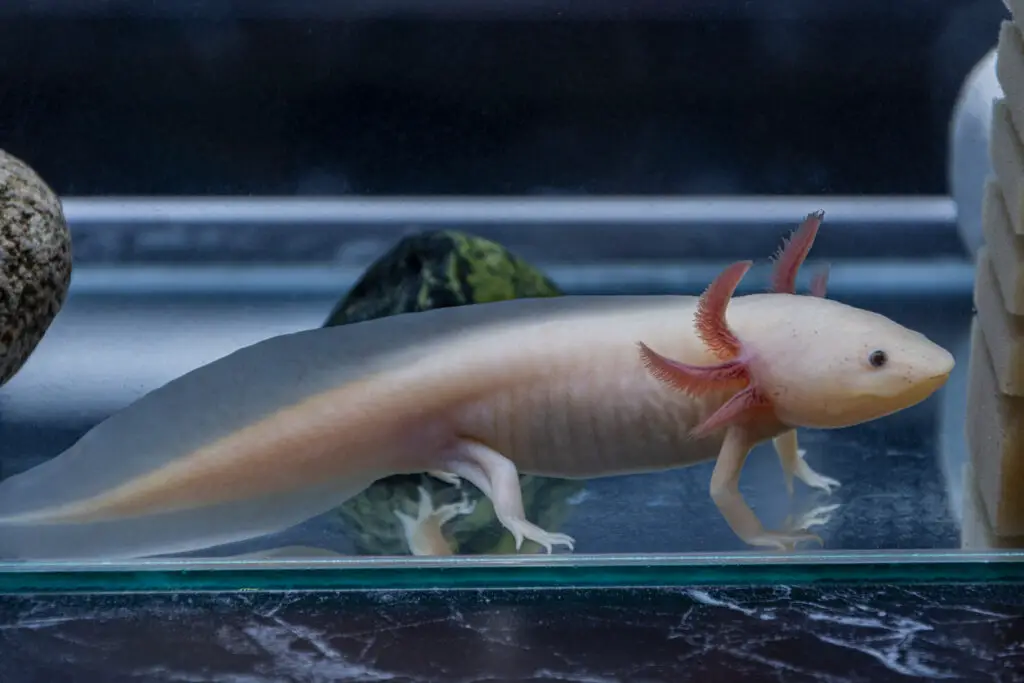
Axolotls are quirky amphibians that make fascinating pets, but they are fragile and ill-suited for life in the wild. Native only to a few lakes in Mexico, releasing an axolotl into any other habitat can cause major ecological issues. According to Earth Day, these creatures originally inhabited several lakes across the Mexico Valley, but due to habitat loss and pollution, they are now confined to Lake Xochimilcan and its wetlands. If released into non-native waters, axolotls may struggle to find food or shelter and could fall prey to predators or succumb to diseases they encounter.


